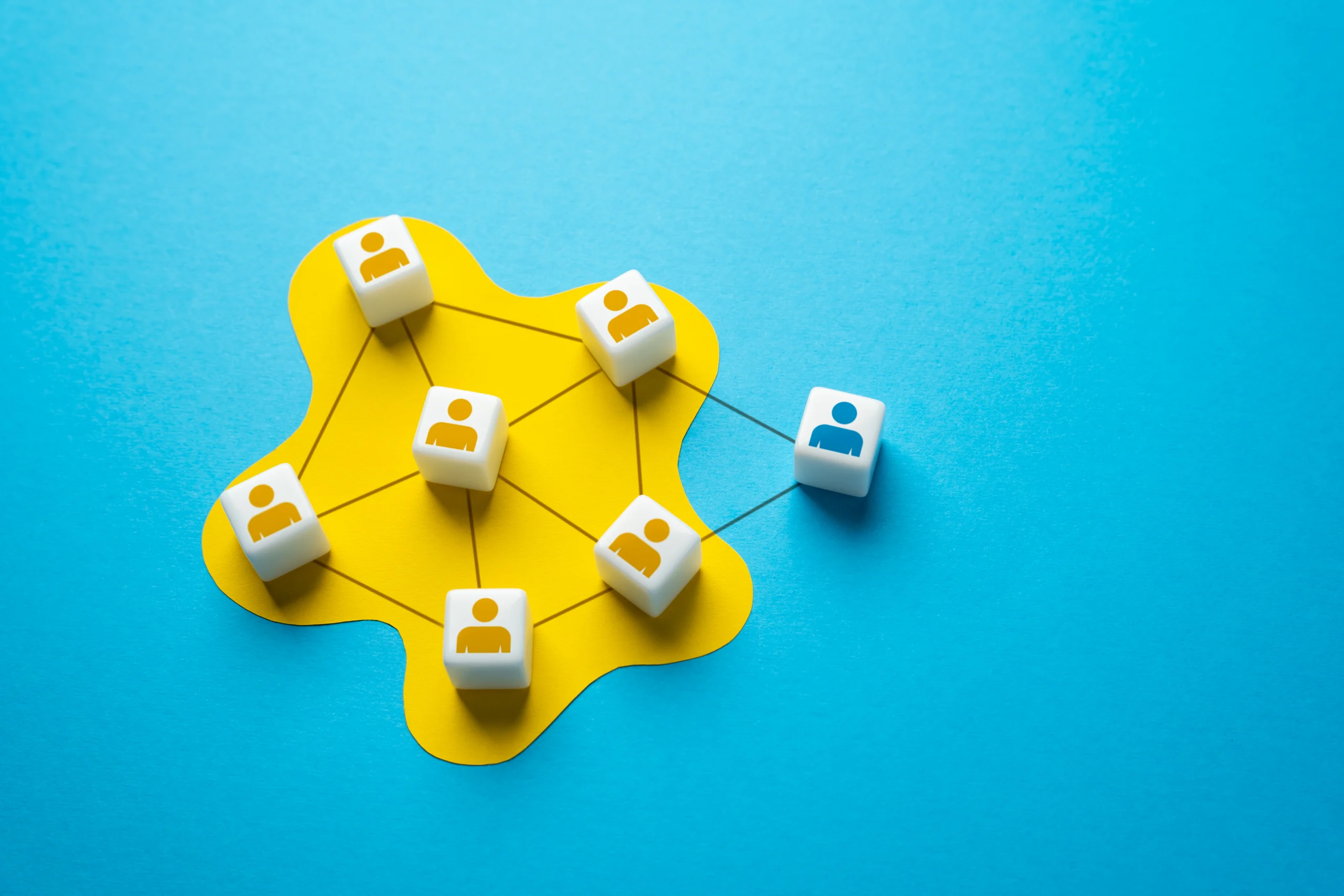Diving into the World of Botnets: A Hidden Threat in the Digital Age
In this digital era, the internet has become an inseparable part of human life. However, behind the convenience and unlimited access it offers, there is a hidden danger lurking, namely botnets. A botnet is a network of computers or other devices infected with malware and controlled remotely by an attacker, often referred to as a botmaster. This network is used for various illegal activities such as DDoS attacks, spam distribution, data theft, and more. The following articles will discuss various aspects, from how it works, its types, to prevention and mitigation strategies.

What is a Botnet?
Botnet comes from the words “robot” and “network,” meaning a network of robots. Botnets consist of devices infected with malware that allows the botmaster to control the device without the owner’s knowledge. Each device in a botnet is called a “bot” or “zombie” like a digital army ready to be ordered to carry out various evil actions.
How Do Botnets Work?
Botnets are built by distributing malware that can infect a variety of devices, from personal computers to IoT devices. The distribution of this malware is usually done through phishing emails, malicious websites, or exploiting software vulnerabilities. Once infected, the device becomes part of the botnet and can be used for various activities directed by the botmaster through a Command and Control (CC) server.
CC Server Functions
The CC server is the control center for the botnet, where the botmaster gives instructions to the bots on what activities to perform. Communication between the bots and the CC server is often encrypted to avoid detection by security systems. The CC server is like a general leading an army of bots. From this server, the operator gives instructions to his bots to perform various tasks, such as:
- Launching DDoS (Distributed Denial-of-Service) attacks: Botnets can flood a website or online service with fake traffic, making it inaccessible to legitimate users.
- Stealing data: Botnets can be used to steal personal data, such as financial information, login data, and other sensitive information.
- Spreading malware: Botnets can be used to spread other malware to other devices, such as viruses, ransomware, and spyware.
- Spam: Botnets can be used to send spam emails, text messages, and social media messages.
- Ad fraud: Botnets can be used to fraudulently click on ads, thereby increasing advertising revenue for botnet operators.

Types of Botnets and Their Impacts
A botnet is a network of devices infected with malware and controlled by an unauthorized party. Types are classified based on their primary purpose or function. Here are some common types:
- DDoS (Distributed Denial of Service) Attack Botnet
This type is designed to launch a DDoS attack, which aims to make a service or website inaccessible by flooding the target server with fake traffic. These attacks can cause major disruptions, financial losses, and reputational damage to the targeted organization.
- Botnet Spam
Spam is used to send large amounts of spam emails, which can contain advertisements, scams, or phishing attempts. The goal of these botnets is usually to advertise illegal products, spread further malware, or steal personal information by tricking users into giving up their data.
- Data Theft Botnet (Data Theft Botnet)
This type is designed to steal sensitive information such as credit card numbers, login credentials, and other personal data. The stolen data can be sold on the black market or used for other criminal activities such as identity theft or fraud.
- Crypto Mining Botnet (Cryptojacking Botnet)
Dengan semakin populernya mata uang kripto, beberapa digunakan untuk menambang kripto tanpa sepengetahuan pemilik perangkat. Botnet ini memanfaatkan sumber daya perangkat, seperti CPU dan GPU, untuk melakukan penambangan, yang dapat menyebabkan perangkat menjadi lambat, rusak, atau mengalami kenaikan tagihan listrik.
- As cryptocurrencies have become increasingly popular, some are being used to mine crypto without the knowledge of the device owner. These botnets exploit the device’s resources, such as CPU and GPU, to perform mining, which can cause the device to slow down, crash, or increase electricity bills.Botnet APT (Advanced Persistent Threat)
APTs are used to carry out complex, sustained attacks against specific targets, often large corporations or government agencies. The goal is to gain long-term access to the system and steal valuable data without detection.
- Botnet Pay-Per-Install
This type is used by cybercriminals to spread other malware to as many computers as possible in a very efficient way. Botmasters can make money by installing malicious or unwanted software on controlled computers.
- Botnet Click Fraud
This type is used to trick online advertising systems by generating fake clicks on ads, thereby increasing the revenue received by advertisers who use a click-based payment model. Each type has different specific mechanisms and goals, but all pose a serious threat to cybersecurity and require appropriate prevention and mitigation measures.
Famous Botnet Examples
It is important to remember that these are just a few examples, and new types are constantly emerging as technology advances. Here are some well-known examples:
- Mirai: An IoT known for its ability to infect large numbers of IoT devices.
- Zeus: Through banking used to steal financial information.
- Conficker: Spreads rapidly through file-sharing networks.

Botnet Prevention and Control
To prevent infection, it is important to maintain good security systems on devices. This includes using up-to-date antivirus software, updating software regularly, and implementing security practices such as using strong passwords and avoiding clicking on suspicious links. Security Technologies The use of firewalls, Intrusion Detection Systems (IDS), and Intrusion Prevention Systems (IPS) can help detect and prevent related malicious activity. Additionally, data encryption and multi-factor authentication can also improve security. International Cooperation and Law Enforcement Because they often operate across borders, international cooperation is essential to tracking and prosecuting perpetrators. Strong law enforcement, including investigation and prosecution of botmasters, can be an effective deterrent to activity. The Role of Education Raising public awareness and understanding of botnet risks and cybersecurity practices is an important step in prevention. Education can help individuals recognize the signs of infection and take appropriate action. Botnets are a growing threat to cyberspace. With a better understanding of how they work and the types they come in, and the implementation of effective preventive measures, the risks posed by these malicious networks can be minimized.
There are several steps that can be taken to address this:
- Device Security: Ensure that your device is equipped with up-to-date antivirus software and perform regular scans. Also, always update your operating system and applications to close security holes.
- Education and Awareness: Users should be wary of phishing emails, suspicious links, and attachments from unknown sources. Raising awareness about cybersecurity practices can reduce the risk of infection.
- Use of Firewalls and IDS/IPS: Firewalls and Intrusion Detection/Prevention Systems (IDS/IPS) can help detect and block malicious activity on a network.
- International Cooperation: Because botnets often operate across borders, international cooperation is critical in detecting, disrupting, and destroying botnet networks.
- Law Enforcement: Increased law enforcement against perpetrators can be an effective deterrent. The arrest and prosecution of botmasters shows that this activity can have serious consequences.
Also Read: Trojan: Trojan Horse in the Digital World

